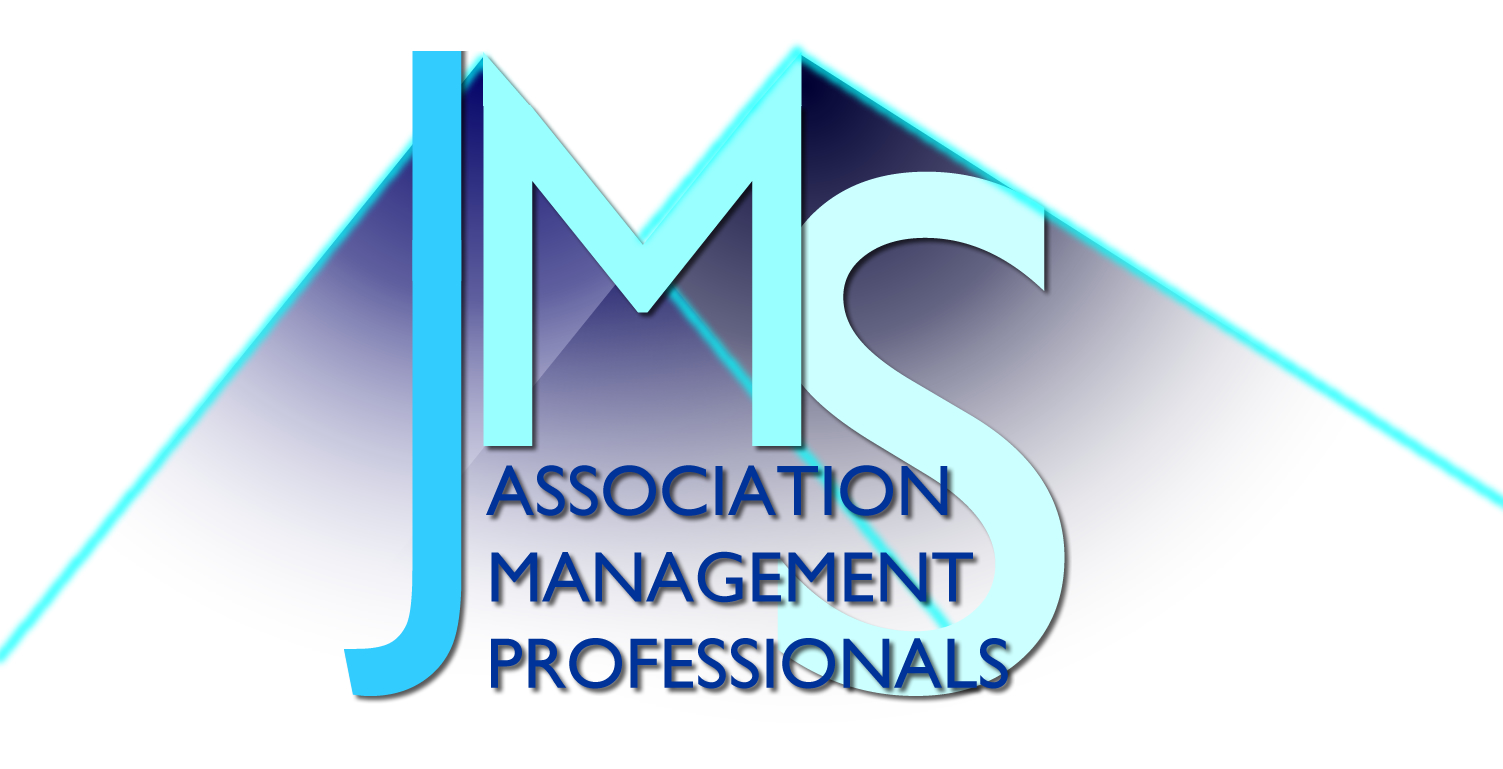Number One – Maintain Your Strategic Focus
Running a trade association or professional society is often similar to running a for-profit business. The same questions need to be asked: How can the organization grow? Where will we find new “customers”? What positioning do we want for our organization with our target audiences?
Especially in a tightening economy, it is critical for organizations to revisit their strategic plan rather than automatically reduce programs and new member initiatives. Surviving the downturn doesn’t have to mean scaling back. Instead, to stay on course for success, associations will be challenged to find new and innovative ways to add value.
High on the list of benefits of partnering with an AMC is the strategic specialization it brings. Seasoned executives with years of nonprofit management experience conduct a comprehensive organizational evaluation, offering strategic advice and best practices for moving forward.
Specifically, AMCs can help nonprofits:
- Focus on quality and efficiency. Of vital importance, AMCs lend an objective, third-party assessment.
- Maximize and monitor revenue. AMCs help prioritize staff time put toward revenue-generating and collection activities.
- Keep the ideas coming to do more with less. Because they work with multiple clients, AMCs facilitate idea-sharing among executives.
- Continuously communicate value. AMCs keep boards and committees informed.
To keep nonprofits on top of the trends and ahead of the curve, AMCs perform regular environmental scans. And looking beyond the current downturn, AMCs help organizations continue to plan for the future, surveying members to see if and how their needs have changed, and identifying new opportunities down the line.
Number Two – Right-Size Your Staffing
When times are tight, efficiency is the name of the game. As you and your board begin to strategically evaluate your business model, pay particular importance to staffing. Assess whether you need full-time staff, 12 months of the year. Evaluate performance vs. demand, and employee maintenance vs. productivity. And look for over-specialization of job duties that may be leading to decreased efficiency.
To capitalize on time and energy, association management companies provide nonprofit organizations and associations with the expertise they need, when they need it.
AMCs customize client services, assigning staff specialists as needed to carry out specific goals. For example, a publications editor coordinates a monthly newsletter or annual report to keep members and donors connected to an association’s work. An exhibits manager oversees the annual meeting and trade shows, working to gain maximum visibility among key audiences. Or membership specialists are brought in to enhance programming and build an association’s membership base.
These specialists operate as an extension of association staff, delivering high quality services that align with and advance the organization’s overall mission. Each association pays only for the services rendered, finding more value in concentrated, professional expertise. And by outsourcing functional areas, board members and executives are freed up to concentrate on strategic initiatives.
Number Three – Enhance Your Buying Power
In a down economy, you’re likely to hear heightened talk of the “value of money.” It’s not just about how much you have in the bank, but about buying power, as measured by the quantity and quality of products and services your organization can buy.
Stretching a dollar will get you so far, and of course it’s important to identify and work to remove any gratuitous expenses. But in true association fashion, joining together with other organizations that have similar purchasing needs can effectively minimize costs and ‘up’ the value of your money.
Buying in bulk reduces service fees and purchase rates. Plus, pooled resources improve the ability to obtain goods and services, and boost negotiating power. The greater the volume of business, the greater the savings.
Associations and nonprofits managed by AMCs are able to leverage extensive buying power when it comes to meeting planning, marketing and communications, creative services and technology, among others.
Because AMCs are responsible for negotiating contracts with outside vendors on behalf of thousands of associations and nonprofits, they have developed vast networks of insurance providers, printers, meeting venues and more. By working with these suppliers on a regular basis, AMCs often realize savings which are then passed along to their association clients.
Number Four – Reduce Your Overhead Costs
Facility bills. Rent or lease payments. Public utilities fees like telephone service and Internet connectivity. Equipment maintenance. Copier and printer costs. Technology expenses. And the list goes on.
Overhead costs can put a small association or nonprofit under in this economy. To stay afloat, it’s critical to develop a strategy for effective management of overhead costs. Where possible, ensure day-to-day expenses are part of a larger investment in organizational growth.
Operating within a framework of shared resources, association management companies provide cost-effective solutions to staffing, equipment, facilities and budget considerations. Overhead costs for professional services are shared across each AMC’s clients, increasing association resources and capabilities, and strengthening each organization’s return on investment.
At the end of the day, nonprofits can take saved money to the bank, reallocating those resources to fulfill strategic initiatives and further advance the association’s mission.
